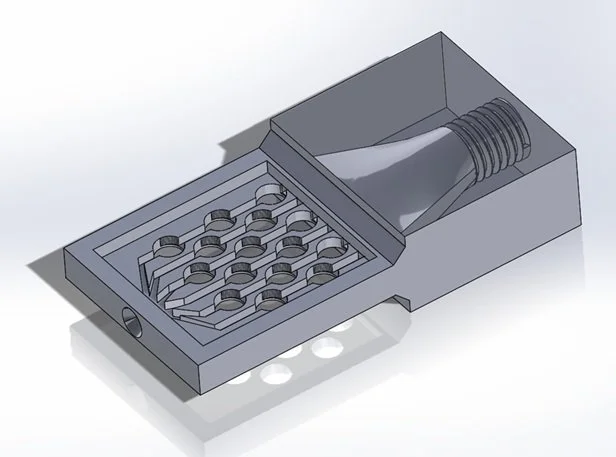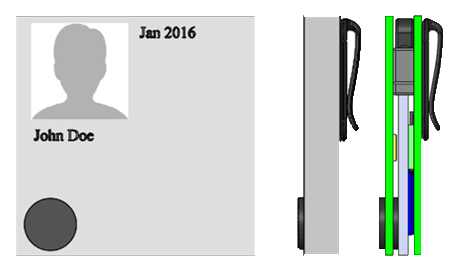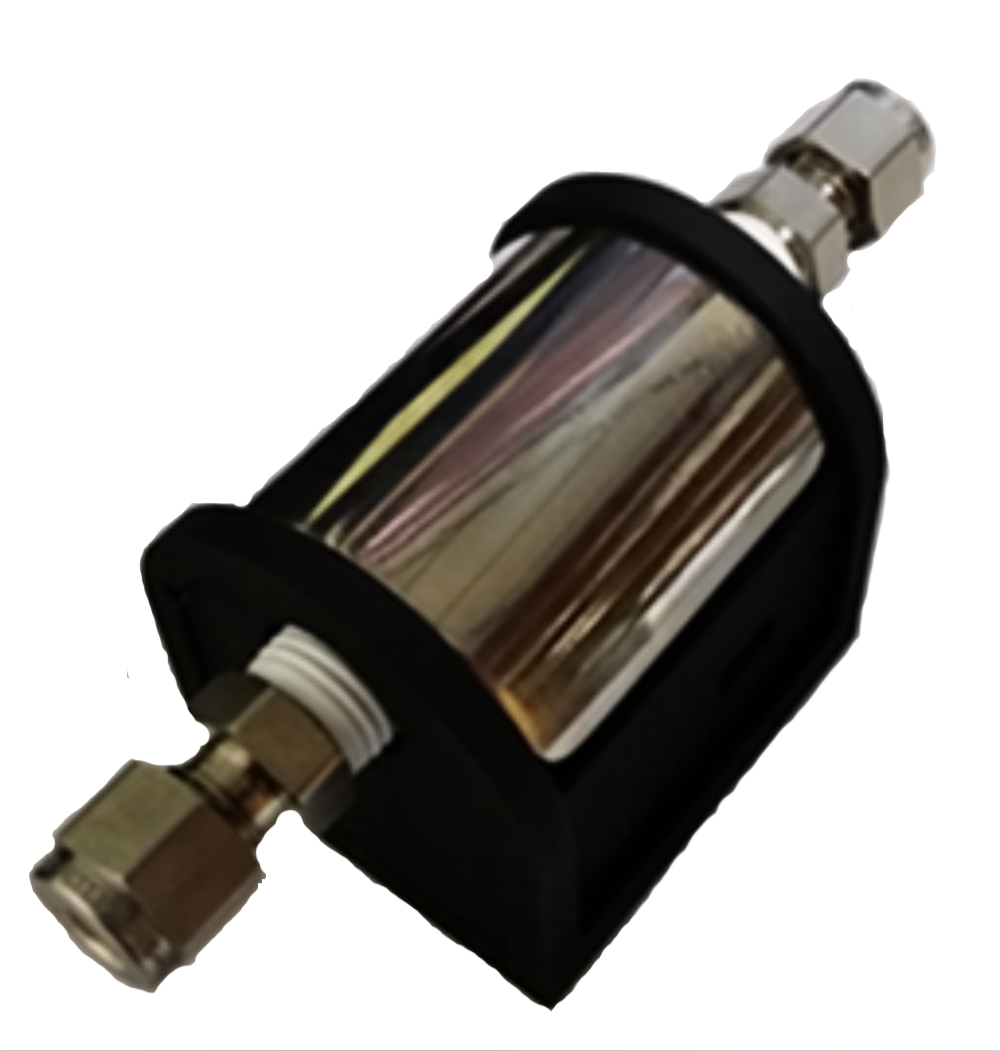Wearable TIC Sensor
Toxic Industrial Chemicals (TICs) and Toxic Industrial Materials (TIMs) are terms first introduced by the military to distinguish industrial chemicals of concern from the traditional weaponized battlefield chemical agents (CAs) such as sarin and mustard gas. TICs and TIMs (from here on referred to as TICs) are chemical substances that produce toxic effects if given in sufficient quantities and/or exposed for long durations. The exposure routes may be inhalation, ingestion or skin exposure. TICs are a great concern for the U.S. Department of Homeland Security (DHS) since it would be easier for terrorists to obtain and use than CAs.
Colorimetric techniques such as color changing badges, and tubes provide trace detection of many TICs of interest at considerably low cost ($5-10), but often they involve extensive hands-on manipulation and chart read outs. There are also many commercially available handheld and personal gas monitors to monitor TICs. These devices use solid state semiconductors, color change tubes, badges, catalytic beads, electrochemical cells, etc. However, they are bulky (more than 0.75” in thickness) and most of them monitor only single gas, the first responder has to carry many different cartridges or monitors. There are a few monitors that do multiple gases (4 to 6), however their cost is significantly higher ($500 and above) and they are only used by cities which have a population of 100k or more. Hence, we need a low cost multi-gas sensor that costs less than $50 in a wearable form factor. Such wearable sensors will also find use in the much bigger industrial market to monitor worker safety.
TDA Research, in collaboration with Texas Tech University (TTU), developed a simple, low cost wearable smart chemical sensor badge that has high sensitivity and selectivity to multiple TICs at trace (low parts per million) concentrations and triggers distinct alarms at permissible exposure limit (PEL), short term exposure limit (STEL) and Time Weighted Average (TWA) concentrations. This smart sensor uses TDA’s proprietary color changing media previously developed for organic sulfur and nitrogen compounds in a microfluidic column. The sensor detects TICs of interest (such H2S, CO, NH3, HCN, Cl2, NO2, PH3, and CH3Br) by concentrating them on a color changing media (a high surface area sorbent). Table 1 shows the list of TICs of interest from the solicitation, all of which (except CH4) are highly reactive and can be readily detected by our methods. The color change will be analyzed and quantified using low cost LEDs and photo detector arrays. The smart sensor badge will integrate the color change microfluidic columns and the detectors on a Lab-on-a-chip sensor badge that will be smaller than 4cm x 4cm x 1 cm. The method will use multiple sensor media to have a low rate of false alarms, so that easy and widespread deployment can be achieved. The result is a low-cost smart wearable sensor for first responders that respond to TICs in their immediate surroundings in real-time. It has a small form factor and triggers an alarm at high (STEL) and low (PEL) concentrations as needed for each of the TICs.
Wearable chemical sensor badge to detect chemical agents and opioids such as hydrogen sulfide, ammonia, phosphine, hydrogen cyanide, chlorine, and nitrogen dioxide at trace levels.
Colorimetric Indicators for Chemical Agents displays up to six different colors depending on which TICs are present.
The badge also has vibratory and auditory alarming features that will automatically be triggered during an exposure as well.
Small, lightweight, and designed to be clipped onto a jacket or vest.
Water- and drop-resistant and designed to be used in rough environments on a daily basis.



